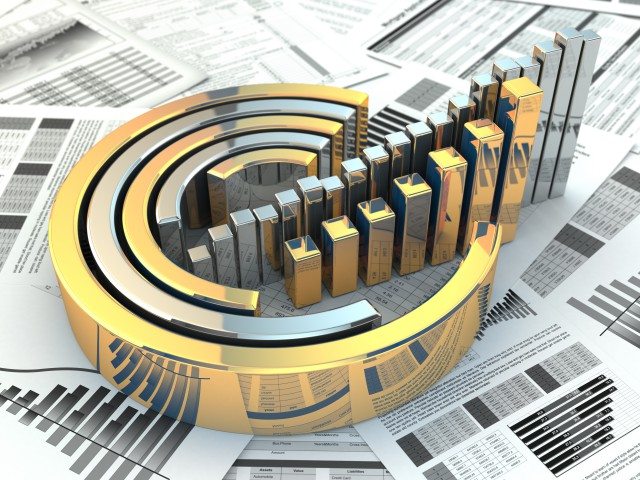The global membrane market in the food industry is expected to grow at a compound annual growth rate of 6.41% during the period 2014-2019, according to a report by Research and Markets.
Membranes are a type of selective barrier used for separation or concentration of feed stream.
A membrane allows some constituents of the feed stream to pass through and others are retained on the surface of the membrane.
The constituents of the feed stream that are allowed to pass through the membrane are known as permeates and that are retained back are known as concentrates or retentates.
Different types of membranes are used in the food industry depending on their pore sizes.
The common types of technology implemented for membranes are ultrafiltration, microfiltration, reverse osmosis, and nanofiltration.
Other membrane technologies such as membrane contractors, electrodialysis, and pervaporation are used in the food industry, but with a smaller market share.
The growing demand for nanofiltration membranes is one key trend emerging in the market.
Nanofiltration membranes have begun to replace reverse osmosis membranes in the food industry.
Nanofiltration membranes offer better operating features and accuracy than other membranes.
According to the report Global Membrane Market in the Food Industry 2015-2019, growth in the food processing industry is one key factor driving the market growth.
High economic growth coupled with surging populations has led to higher levels of food consumption worldwide.
Rising per capita income and rapid urbanization in the developing countries have further contributed to the growth of the food industry.
Further, the report states that high initial investment and operating costs are the major factors challenging the market.
The process of setting up new production facilities to manufacture membranes is capital intensive as the equipment and technical expertise required are expensive.
The advantages of membrane technology over conventional separation technologies include:
– Gentle product treatment,
– Ease of installation and extension,
– High selectivity, and
– Low energy consumption.










